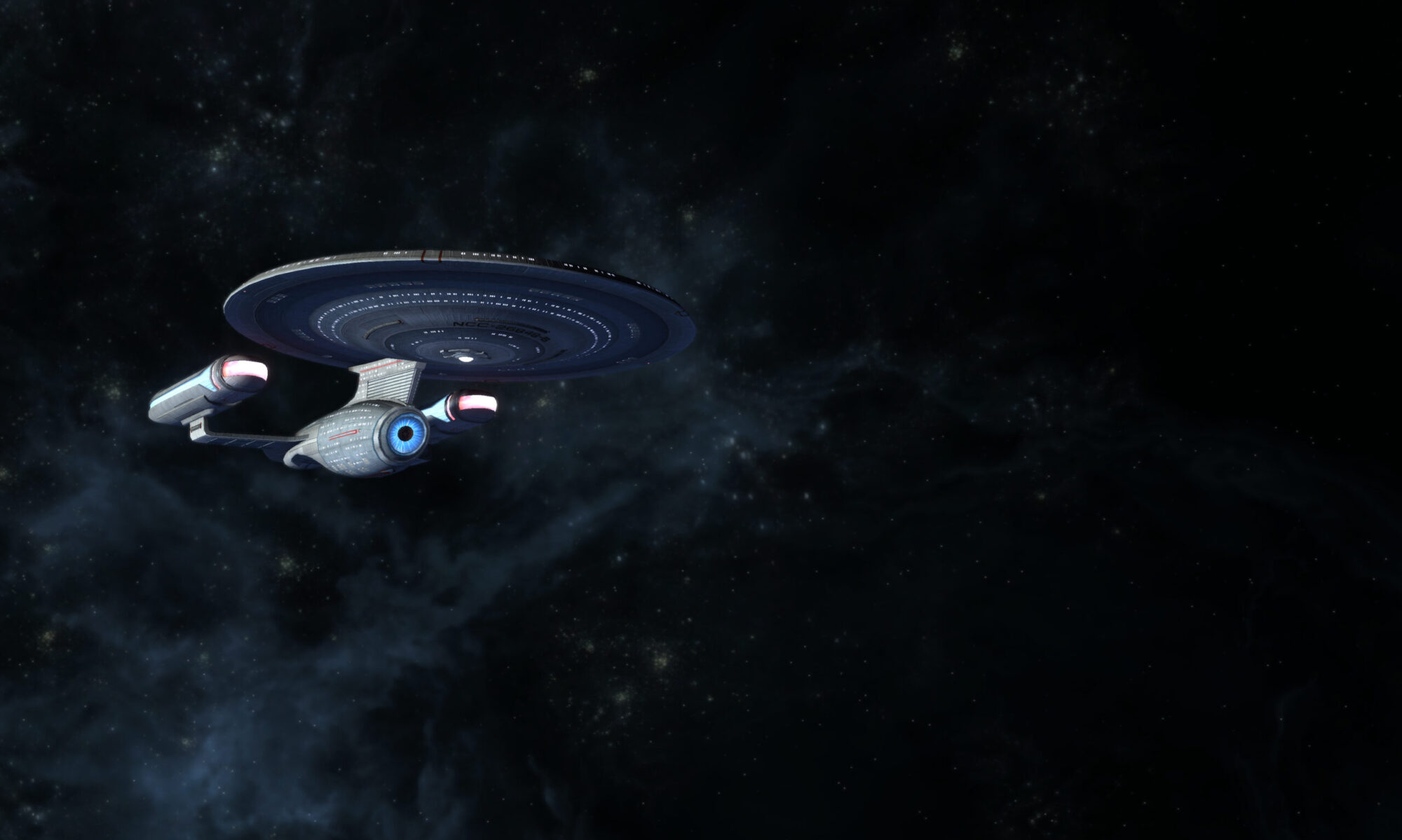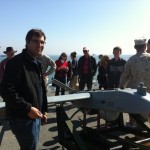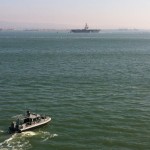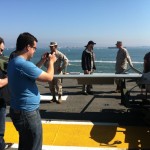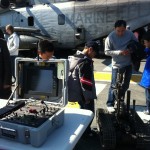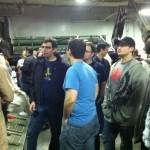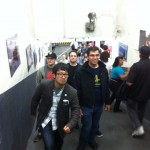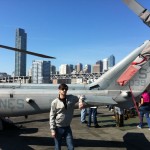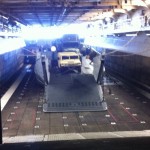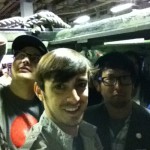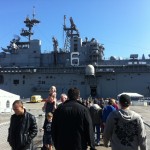
Warp Drive Explained: How Starships Move Faster Than Light
If you’ve ever watched a rerun of Star Trek and wondered what the crew of the Enterprise means when they say they’re traveling at “warp speed,” then this is the article for you: an explanation of the theory behind warp drive.
The galaxy’s a big place. In fact, just going from one star to the next involves distances so great they break the mind. Take our sun, for example: our closest neighbor is a star called Alpha Centauri. It’s 4.4 light years away. A light year, by the way, is the distance a beam of light covers in the span of a year (keep in mind that light travels 186,000 miles in one second), which means the 4.4 light year distance to Alpha Centauri translates to 25.81 trillion miles, equivalent to going around the world a billion times. Yes, a billion. And that’s our closest neighbor!
So if you’re going to make a TV show where people fly around in a starship having adventures in different solar systems, the ship should probably have some way of traveling faster than light in order to make the show exciting. Let’s say you want it to be plausible — not 100% true-to-life documentary-quality accurate, but it should at least be sort of believable. It’s a good goal, right?
There are a couple of problems with trying to travel faster than light:
- The laws of physics. Technically speaking, light’s the fastest thing there is, which makes lightspeed the speed limit of the universe. Nothing can go faster than light. It’s the law!
- Energy. A rocket engine, the best kind of engine we currently know how to build, works by creating thrust: it makes a controlled explosion whose force is vectored out the end of the rocket, making it move. But rockets can be inefficient: the rocket engines needed to make a single space shuttle go fast enough to escape the pull of Earth’s gravity are huge, noisy, and messy, and they don’t go anywhere near lightspeed. Think about how fast light travels: how would you build a rocket big enough to push something that fast? Where would you put all the fuel? The design challenges are immense, even for a TV show.
- Relativity. The short version goes like this: Einstein’s theory of relativity states that the closer you move toward lightspeed, the slower time will move for you. Say you get on a ship and I stay here on Earth. Your ship somehow manages to get close to lightspeed while you’re looking at your watch, and you count ten seconds before the ship comes to a halt. Ten seconds passed on your watch, but on mine at home, a year went by. We celebrated my birthday, somebody had a kid, and a whole season of Parks & Rec came and went while you counted off those ten seconds on your ship! The relativity problem makes faster-than-light travel a little weird, to say the least. If you want to make a TV show about a starship, not time travel, you’ve got to find a way around relativity.
On Star Trek they have warp drive. That’s not a name they chose at random. The Enterprise doesn’t use rockets; its engines don’t create thrust or leave a trail of exhaust. Two basic things make warp drive work:
- Magical TV sci-fi technology that bends the fabric of space.
- The universal truth that objects that are twisted up will always try to untwist themselves naturally — crumple up a sheet of parchment paper and watch it relax, for instance.
Warp drive literally warps the fabric of space to propel a ship faster than it should legally be allowed to go.
Imagine a football. Now dip it in some lard or engine grease (or both, why not). What would happen if you tried to grab it? The football would squirt out of your grip: the act of trying to close your hands on its tail end causes it to pop out of your clutches.
That’s what the engines on the Enterprise do. They put out a “warp field” that bends the fabric of space, creating a kind of bubble of twisted space around the ship that’s like a giant greased-up football. That’s the first thing in action. The second thing (objects that are twisted up always try to untwist themselves) comes into play immediately thereafter: the fabric of space is always trying to untwist itself around the warp bubble, which is shaped in such a way that the untwisting closes on its tail end, squirting the ship forward.
And since they’re doing it by warping space itself, they don’t have to play by its speed limit: the Enterprise can move faster than light. Much faster, as it turns out: the top speed of the Enterprise on Star Trek: TNG is about 1500x lightspeed.
This is also how they get around the relativity problem: inside the warp field bubble, time moves at the usual rate because technically speaking, the ship isn’t actually moving — space is warping around it, making it move.
That’s the theory behind warp drive. According to quantum physicists, it’s apparently mathematically sound. The trouble is that nobody knows how to actually do that first thing: how to make that warp field bubble. The technology, if it even exists, is way beyond us, at least for the moment. But at least we can imagine how it would work, and that’s pretty cool, too.
~Lt. Jon Sung
Chief Helm Officer
USS Loma Prieta
Starfleet, Region 4

